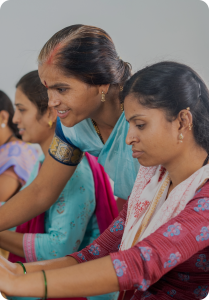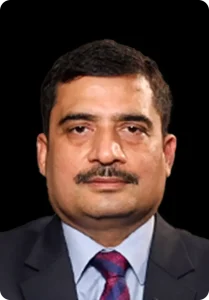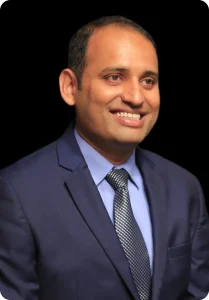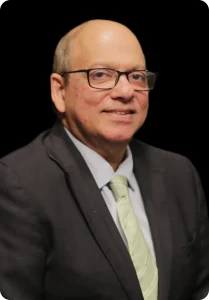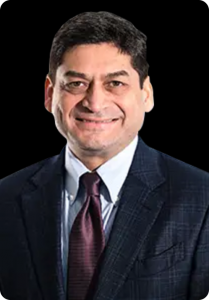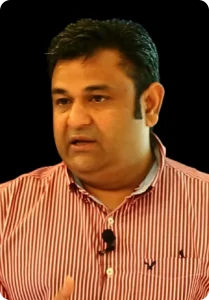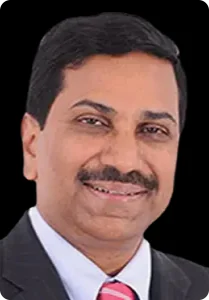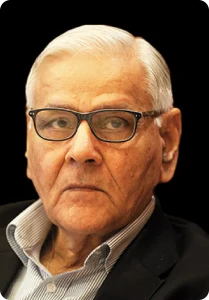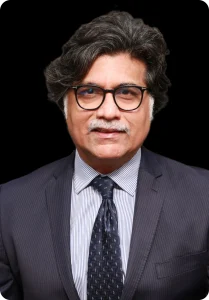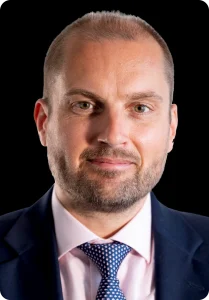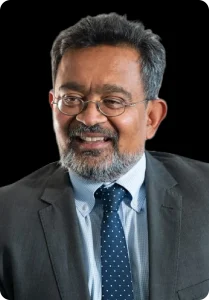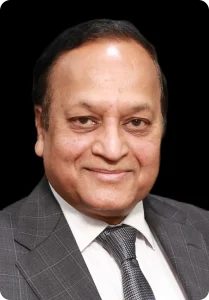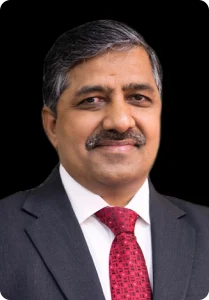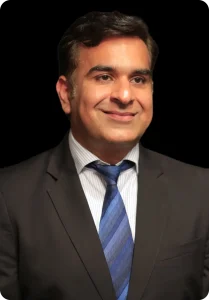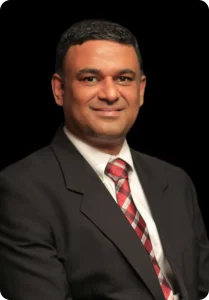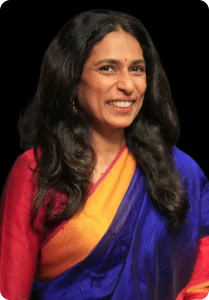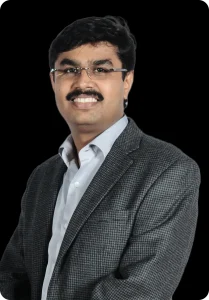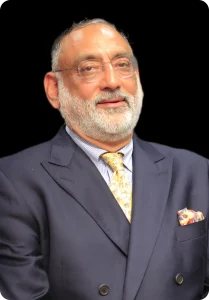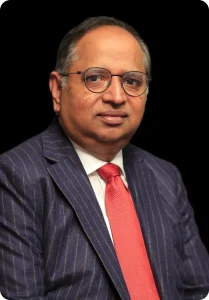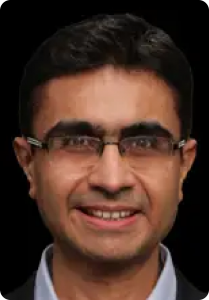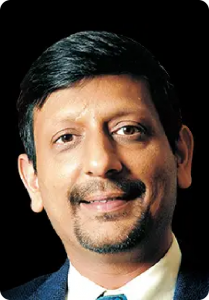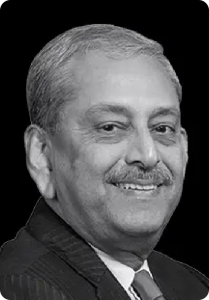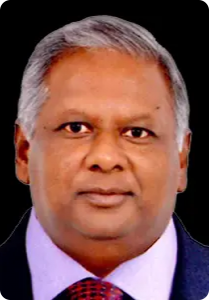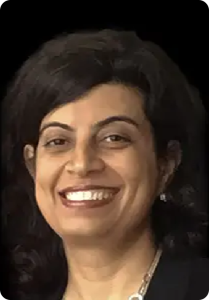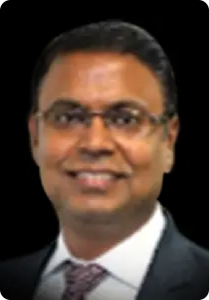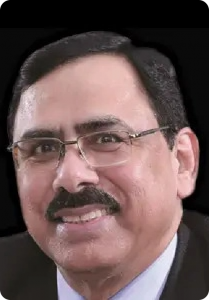At the World Economic Forum in Davos 2025, Prashant Ruia spoke with Menaka Doshi from Bloomberg on evolving global trade amidst geopolitical shifts, and how technology will commercially enable the inevitable transition to cleaner fuels. He also highlighted Essar’s investments in building sustainable ecosystems for industrial decarbonisation, renewables, green mobility, biofuels, and digital infra.
Interview Transcript
Menaka Doshi – You’ve got extensive investments going on in the green transition – in various parts of that transition, whether it’s hydrogen or even the distribution infrastructure, how do you see what President Trump has said since his inauguration and his intent to walk back? A lot of the efforts towards electric vehicles and climate change friendly technologies that the US has so far worked on.
Prashant Ruia – The transition from fossil fuels to greener alternatives has often been viewed as a monumental task, with many initially believing it could happen swiftly. However, there has been a global acknowledgment that this transition will take longer than anticipated, given the need to replace existing infrastructure, vehicles, and systems that rely heavily on fossil fuels.
Trump’s going back obviously will slow down the process of transition. We still have to see what the real impact will be of those announcements. We don’t know yet. But the fact that we are going to move towards a transition of fossil fuel replacement technology is inevitable.
The question is how fast we can do it and the way we are investing. Our idea is to build, invest in these sectors which are commercially viable, profitable businesses, which today’s technology can afford. So if you can do a green transition, which is commercially profitable, then that will be a much easier choice for consumers to make.
Menaka Doshi – Are you referring to green hydrogen or let’s say, renewable power?
Prashant Ruia – Renewable power today in India or any other part of the world, which has got abundance of sun is cheaper than coal, gas, or any other energy. We have to solve the intermittent issue of batteries. But with the cost of batteries coming down, it will not be very long before you can get round-the-clock power of renewable energy, which is what we are focused on at commercial prices, lower than coal or lower than gas. Similarly, we are looking at electric vehicles. We are investing in a green mobility network of trucks which will provide the service at the same price as diesel. The customer does not have to pay any subsidy nor a premium. Now, that is a very easy choice for the customer to make. They get to go green and don’t have to pay more and also get to save CO2. India, for example, runs on trucks, India has 20% CO2 coming out of trucks. So the transition is going to happen, but technology is going to help us make it in a commercially viable way.
Menaka Doshi – Well, it’s easy to sort of come to the conclusion that India, its push towards green energy in various parts of the value chain will probably continue uninterrupted irrespective of what happens to the US. But in this element is also what the US will do in terms of tariffs potentially to the entire supply chain of green energy, whether it’s chips, batteries and all of that and what impact it will have therefore on your ability to procure. So when you sit back at the beginning of this year, are the areas that look more confident to invest in and others that you might want to wait till the fine print is out?
Prashant Ruia– The evolving global trade landscape presents a significant opportunity for India, particularly in light of potential tariffs imposed by the United States on China. If such tariffs are implemented, India stands to benefit as a viable alternative.
However, it’s worth noting that the U.S. administration has also hinted at potential tariffs on Indian goods in campaign speeches, signalling a broader strategy aligned with their vision of self-reliance or “Atmanirbhar US”. Interestingly, this mirrors the very path India has been pursuing for nearly a decade through its Atmanirbhar Bharat initiative. The global trade paradigm is shifting from an emphasis on open, unrestricted trade to a more nuanced approach where nations prioritize domestic job creation and self-sufficiency.
This shift is not unique to the U.S. or India. China, Europe, and other major economies are also moving toward strategies that prioritise self-sufficiency. As this trend unfolds, global trade policies and frameworks will need to adapt to accommodate these changes.
Menaka Doshi – You know, we’re seeing markets across the world today, currency stocks all roiled by the variety of Trump. You know, the pronouncements, if I can put it that way. What are you going to double down on, given all this uncertainty and volatility? What’s your expansion plan this year? What’s your investment plan this year across not just green energy, but you’re invested in conventional power, you’re invested in infrastructure. So what are the hottest growing spots?
Prashant Ruia– We are primarily investing in a few ecosystems that we are actively building. One of these is industrial decarbonisation, particularly through the use of hydrogen, where we aim to decarbonise existing industrial assets. This is reflected in our investments in the UK.
The second area is green mobility, which we are focusing on in India. Lastly, we are working on renewable power, where we are looking at round-the-clock power solutions for the future. This includes investments in a combination of solar, wind, and battery technologies
Menaka Doshi – Well, that’s a new thing right now, isn’t it? Mean most of your power has been governments in the past.
Prashant Ruia– Most of our power has traditionally been coal and gas-based. However, our new investments are now focused on cleaner and more sustainable energy solutions.
Menaka Doshi – Any number you want to put to, where we are at currently?
Prashant Ruia– Our plan is to build 8 Gigawatts of power over the next five years. We are focusing on round-the-clock solutions, building these projects from the ground up
Menaka Doshi – Okay. You’re not looking to acquire any existing facilities.
Prashant Ruia– Another ecosystem we are focusing on is through our company, Black Box, which is engaged in building out data centers—a massive and rapidly growing market. While we are not directly investing in data centers, we are actively contributing to their development. Currently, around $200 billion worth of data centers are being built annually in the U.S. alone, highlighting the immense potential of this market, which we aim to tap into more significantly.
Additionally, we are developing a second-generation biofuel refinery in India. The objective is to meet the biofuel mandates and contribute to cleaner energy solutions in line with sustainability goals.
Menaka Doshi – Okay. So what’s the capital expansion investment plan over the course of the next five years? Can you put numbers to that?
Prashant Ruia– I don’t have a specific number, but each of these businesses have obvious plans, but certainly in the region of $4 bn.
Menaka Doshi – What do you think will be the biggest challenge as you roll all of this out?
Prashant Ruia– I see a massive opportunity at this moment. For the first time in history, the need for change and investment is truly global. In the past, we saw waves of investment—first with the developed economies in the 1970s and 1980s, followed by the emerging economies over the last two decades. Initially, it was China, and then other countries followed.
Now, with the energy transition, there is an unprecedented opportunity to replace and reset infrastructure assets worldwide. Everything built over the last 40 years represents the scale of this transformation. It’s about navigating this transition thoughtfully and staying aligned with core principles, but the sheer magnitude of the opportunity is what excites me the most.







